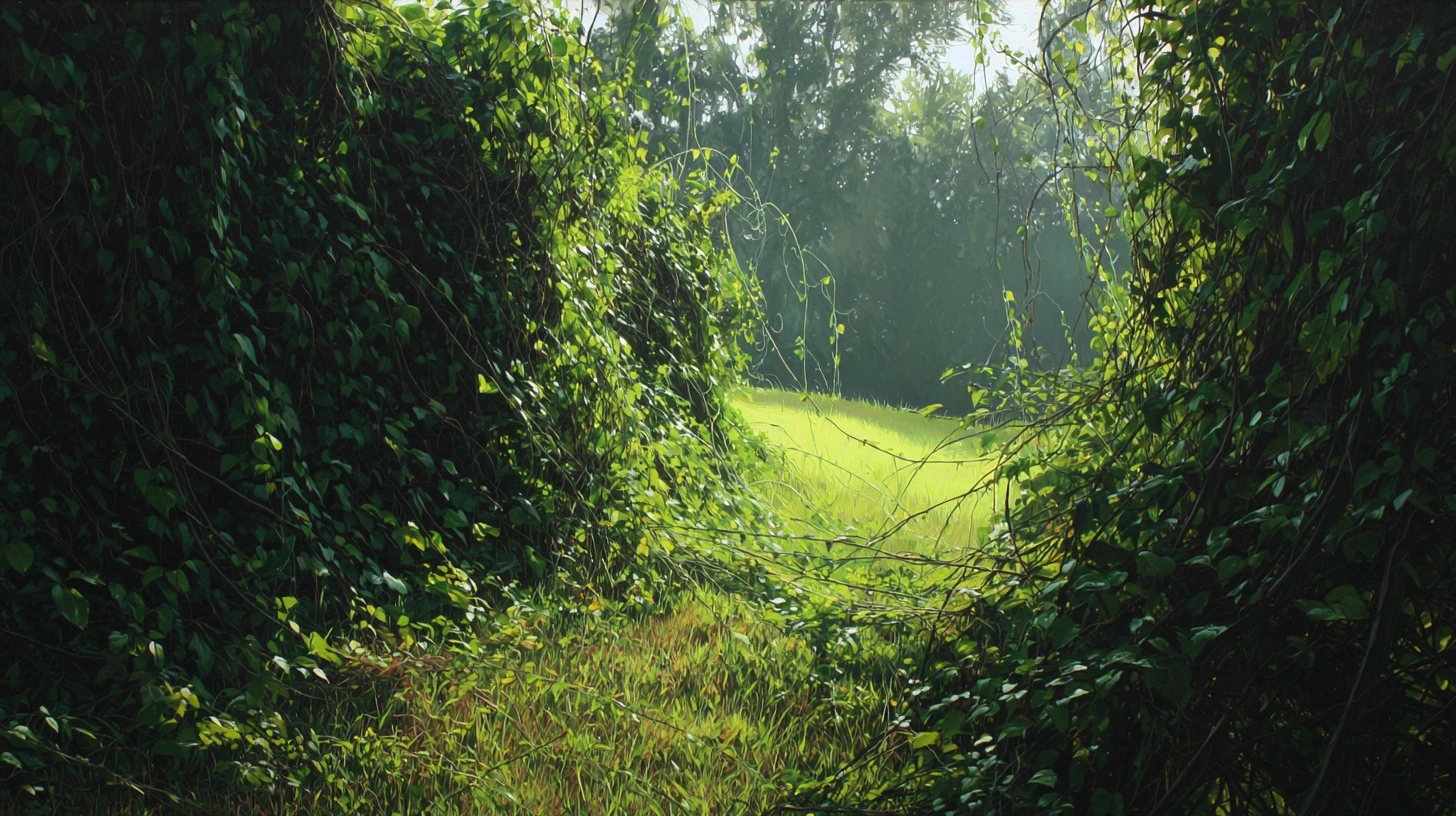Quick Guide: Lawn Weed Identification in Bermuda Grass

Learn to spot fast-spreading vining and creeping weeds in your Bermuda grass lawn with practical ID tips and control strategies.
Quick Guide: Lawn Weed Identification in Bermuda Grass
Introduction
If you've noticed vines snaking under your deck, scalloped-leaf mats cropping up in shady corners, or climbing shoots winding around your fence in the Southern heat, you're in good company. Bermuda grass lawns in the Southern US and Central America face a unique challenge: aggressive vining and creeping weeds that don't care if it's full sun, deep shade, dry spots or wet patches. Left unchecked, these invaders can quickly choke out healthy turf and spoil that golf-course look you've worked so hard to achieve.
In this guide, you'll get down-to-earth identification cues for six of the most common offenders--Virginia buttonweed, Creeping Charlie (ground ivy), kudzu, greenbrier, field bindweed, and chamberbitter. You'll learn how to tell them apart at a glance, why they spread so fast in warm-season lawns, and, most importantly, what you can do about it. Whether you're hand-pulling under a deck or dialing in a spot herbicide application, you'll walk away with actionable steps to reclaim your turf.
Why Vining and Creeping Weeds Thrive in Bermuda Lawns
Warm-season turf like Bermuda grass looks great when it's thick and healthy--but any thin, stressed, or shady patch becomes an open invitation for stolon- or rhizome-forming weeds. These species root at stem nodes, so even a small fragment can regenerate a new plant. Warm, humid conditions in the Southern US mean multiple growth flushes each year, and many of these weeds remain active year-round in frost-free areas. The result? Rapid colonization along fence lines, under decks, and in any gap your mower tires to reach.
Ready to transform your lawn?
Get personalized AI guidance for the perfect lawn. Download Grassmaster Gus now!
Identifying Common Vining and Creeping Weeds
Virginia Buttonweed
Stems: Slender, creeping, root at nodes
Leaves: Opposite, glossy, oval with pointed tips
Flowers: White, star-shaped, 4 petals
Habit: Spreads in sun or shade, sticky sap when crushed
Creeping Charlie (Ground Ivy)
Leaves: Round, scalloped edges, minty aroma
Flowers: Purple-blue, tubular, mat-forming habit
Stems: Square (mint family), roots at nodes in moist areas
Kudzu
Leaves: Compound with 3-5 lobed leaflets, coarse texture
Flowers: Fragrant purple clusters in late summer
Habit: Woody climber--covers fences, trees, even rooftops
Greenbrier
Leaves: Thick, glossy, heart-shaped
Stems: Thorny vines that twine around supports
Habit: Tough to pull--thorns and deep roots sustain regrowth
Field Bindweed
Leaves: Arrowhead-shaped, alternating on vine
Flowers: White to pink trumpet, opens in morning sun
Habit: Deep, woody taproot and twining stems
Chamberbitter
Leaves: Pinnate, mimosa-like leaflets
Flowers: Tiny green clusters, easy to miss until seed set
Habit: Upright, fast-growing in heat, prolific reseeder
Effective Control Strategies
Mechanical Controls
Hand-Pull: Tackle small patches before seed set--remove all root fragments.
Mowing: Keep Bermuda at recommended 1-11/2 inches; frequent cuts weaken young shoots.
Smothering: Use cardboard or landscape fabric on dense groundcovers like Creeping Charlie for 4-6 weeks.
Chemical Controls
Always read and follow label directions and wear proper PPE.
Virginia Buttonweed: Metsulfuron or 2,4-D + dicamba mix (UAEx Extension).
Creeping Charlie: Fall applications of dicamba or triclopyr offer best results (Clemson Extension).
Kudzu: Spot-treat woody stems with glyphosate; repeat as needed in growing season.
Greenbrier: Triclopyr-based brush killer; cut back vines before application.
Field Bindweed: Dicamba or glyphosate spot treatments; multiple passes often required.
Chamberbitter: Broadleaf herbicides with 2,4-D when young; treat before flowering.
Prevention and Maintenance Tips
Promote Dense Turf: Fertilize Bermuda grass according to soil test results; aim for lush growth to shade out weeds.
Fill Bare Spots: Overseed or sod thin areas in spring; healthy turf recovers faster and leaves fewer gaps.
Edge Vigilance: Inspect fence lines, flower beds, and under decks monthly--early pulls save time.
Water Strategically: Deep, infrequent irrigation strengthens roots of Bermuda and limits moisture-loving weeds.
Timing, Application, and Safety Tips
Best Overgrowth Window: Apply herbicides when weeds are actively growing but before seed heads form.
Weather Check: Avoid treatments if rain is forecast within 24-48 hours to ensure uptake.
Personal Safety: Wear gloves, goggles, and long sleeves--thorny vines and herbicides don't mix with bare skin.
Label Compliance: Local regulations vary--consult product labels and state extension services before use.
Conclusion
Spotting and stopping creeping and vining weeds in Bermuda turf doesn't require a degree in botany--just the right ID cues, a blend of mechanical and chemical tactics, and a solid maintenance plan. By learning each weed's unique traits, choosing the proper control at the right time, and keeping your grass thick, you'll turn those invaders into yesterday's problem. Now grab your gloves, inspect those shady corners, and give your Bermuda lawn the championship treatment it deserves!


